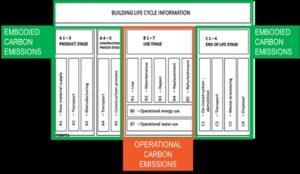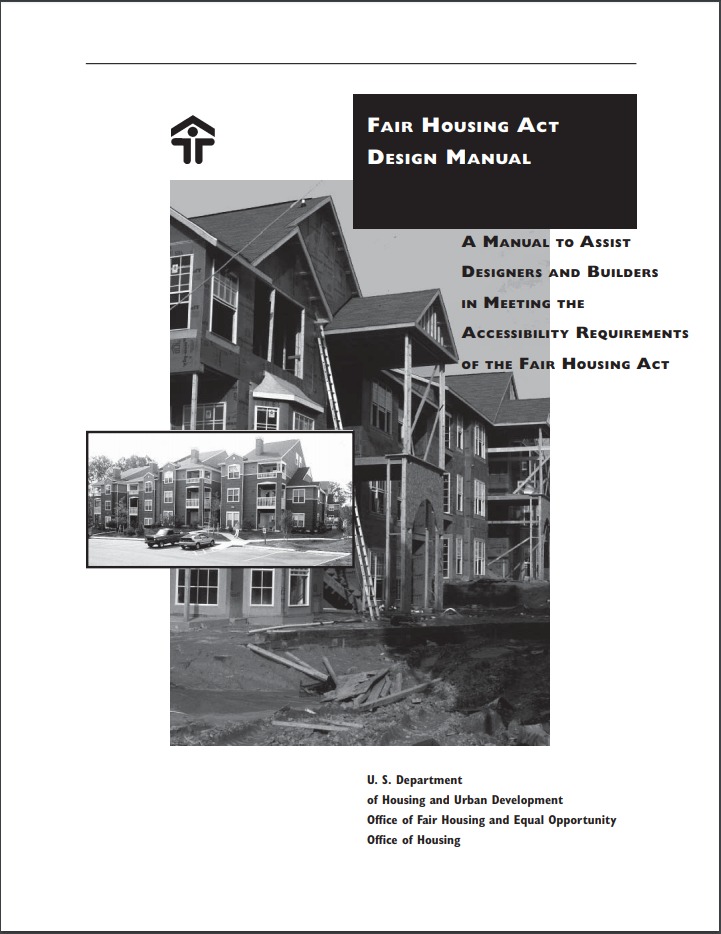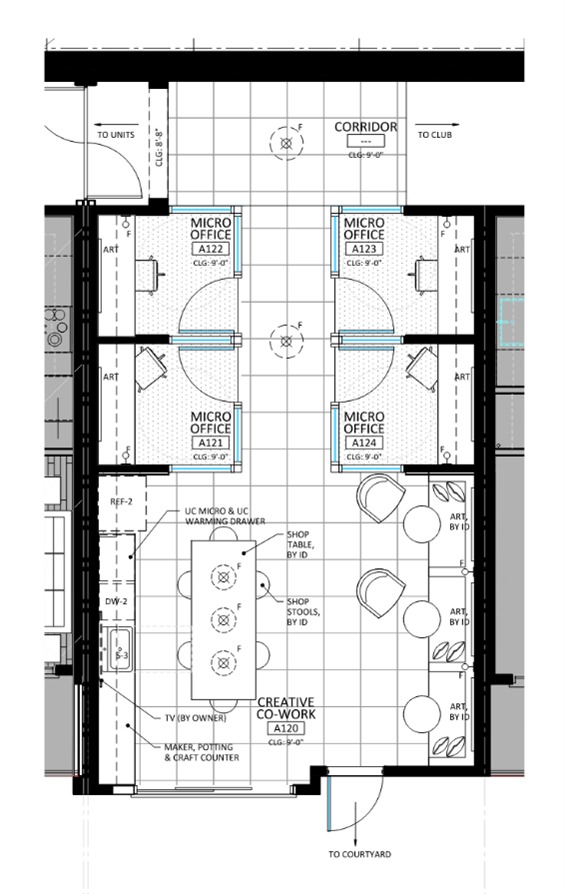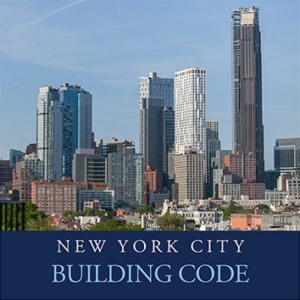- June 15, 2023
- 0 Comments
- In Sustainability & Equity
- By Steven Winter Associates
Building industry professionals have made great strides in reducing operational carbon, but without losing ground, we need to shift our efforts toward building materials and embodied carbon.
The time value of carbon is the notion that reducing carbon emissions now provides a greater benefit than reducing the same amount of emissions in the future. In other words, action today is worth more than tomorrow.
We can envision a future where all building materials have low or zero embodied carbon—even carbon-capturing ingredients—and there is a plan for reusing and recycling materials at the end of a building’s useful life. But how do we get there?
Read on to explore data, resources, and tools available now to help project teams reduce embodied carbon along with operational carbon.
Embodied Carbon: How We Define It
 There are several stages in a building’s life. The middle stage is when a building is in use, and it’s all about the operational carbon emissions that result from running—or using—the building. Addressing operational carbon has been critical to reducing greenhouse gas (GHG) emissions, and the building industry has made some progress. But important climate action opportunities are missed by focusing only on the middle stage. (more…)
There are several stages in a building’s life. The middle stage is when a building is in use, and it’s all about the operational carbon emissions that result from running—or using—the building. Addressing operational carbon has been critical to reducing greenhouse gas (GHG) emissions, and the building industry has made some progress. But important climate action opportunities are missed by focusing only on the middle stage. (more…)


 The rise in remote and hybrid work throughout the COVID-19 pandemic has created a demand for spaces in multifamily buildings where residents can work from home. Developers are seeking to meet this demand by providing office and coworking areas as an additional amenity in residential buildings. In these coworking spaces, what accessible design requirements apply?
The rise in remote and hybrid work throughout the COVID-19 pandemic has created a demand for spaces in multifamily buildings where residents can work from home. Developers are seeking to meet this demand by providing office and coworking areas as an additional amenity in residential buildings. In these coworking spaces, what accessible design requirements apply? While it is important to read through
While it is important to read through